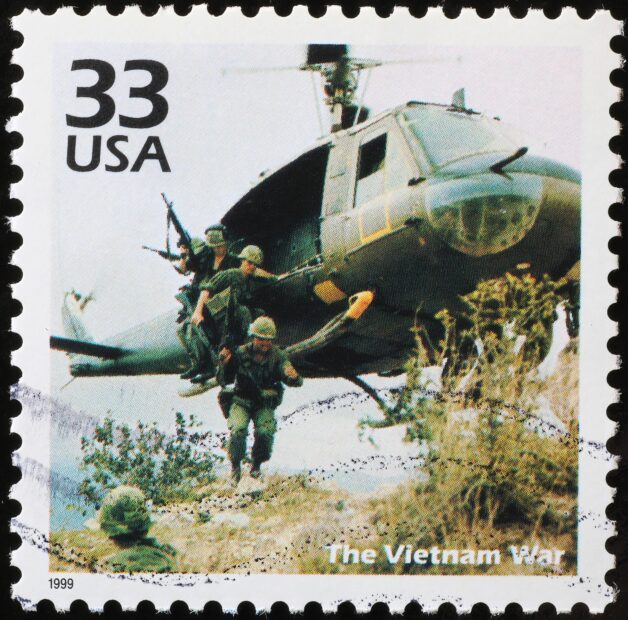Racer Spotlight–A Life of Service: Bob Teague
By Christy Wagner, Editor
Photos Courtesy of Bob Teague and Family, Teague Custom Marine, Hans Gutknecht with the Los Angeles Daily News, Ray Lee with Speedboat Magazine, the Associated Press, Jamie Russell, Powerboat Magazine, OCPhotographics.com, Todd Taylor Images (TTI), Tim Sharkey (Sharkey-Images), Caratt Marketing, and Harry’s Hofnrau
“My living is my passion, and boating is my passion.” – Bob Teague
The earth, in all its vast, inherent beauty and unyielding grit, orbits diligently around a blazing sun in endless service to its worldly inhabitants. Occasionally, the spin of our planet is made marginally brighter without the aid of our solar system’s central fuel source. Sometimes, the light surrounding us comes from the good works of others.
With 52 years of APBA racing behind him, 14-year veteran Shootout volunteer and Hall-of-Fame inductee, Bob Teague, has participated in practically every class of offshore racing while earning numerous World and National Championship titles. He has successfully raced Grand National Marathon boats, earning World and National Championship titles there, as well. With almost an entire globe’s worth of boat racing beneath his belt, Bob’s answer was immediate and effortless when asked what his favorite thing about racing at the Lake of the Ozarks was–it’s the people.
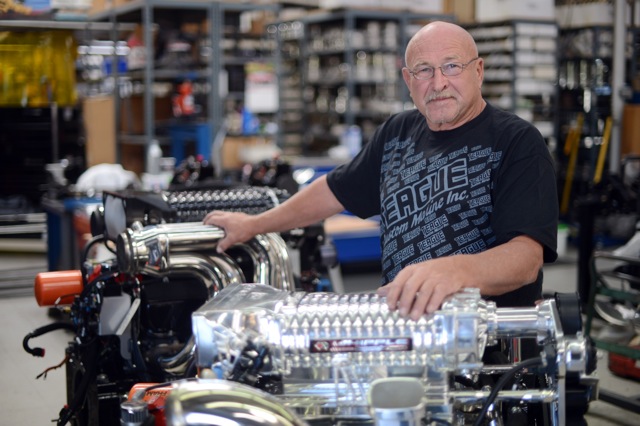
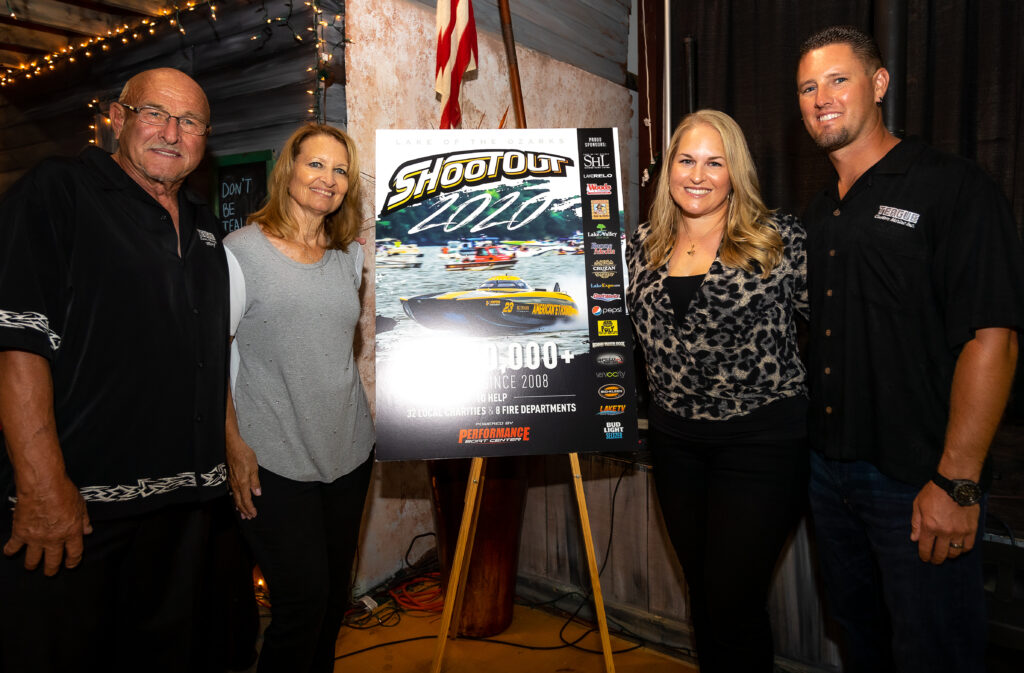
A veteran in multiple ways, Teague, a seasoned powerboat racer and Vietnam War infantry platoon leader, was where you’d expect him to be when we called on him to provide pictures for this feature: away supporting a charity event with his wife, Andrea. Born a handful of moons ago in Van Nuys, California (Los Angeles County/San Fernando Valley area), Teague was the guy that played football and oversaw auto shop classes in high school, and he would often partake in street racing. By the age of 17, Teague had already left home and owned his first boat.
“My very first boat was an 18-foot Campbell flatbottom that I bought unfinished, and I finished it myself,” explained Teague. “It was an inland lake-style boat that was ideal for water skiing and having fun with friends. At that age, I was the only guy in the whole group that had a boat. I had my 1956 Ford pickup and Campbell flatbottom, and life was good.”
During high school, Teague played lead guitar for a few small rock bands while working as an assistant manager at a local gas station where he changed tires, pumped gas, and worked on cars. It was a time in his life where Teague knew that his future career path and life responsibilities were destined for more, but as fate would have it, Teague became eligible for the Vietnam Wartime military draft in the late 1960s as he was not eligible for student deferment with his work obligations.
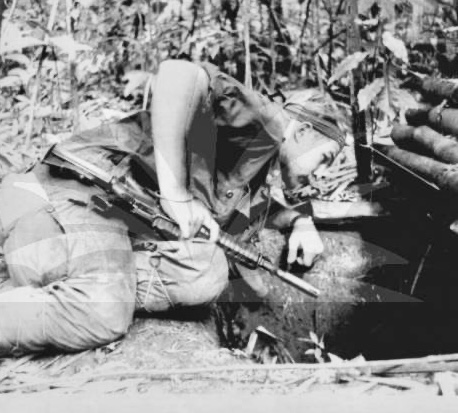
“I was drafted into the United States Army in 1968,” continued Teague. “I went through basic training at Fort Ord, a former Army base on Monterey Bay, and figured that if you did well, they would give you a really good job, but that’s not how it worked. They took the smart guys and put them in the infantry. After advanced infantry training (AIT), I was immediately selected to go to noncommissioned officer school (NCO) at Fort Benning (now referred to as Fort Moore), Georgia, because we were losing so many noncommissioned officers in Vietnam and needed more for deployment.”
After graduating at the top of his class, Teague was promoted quickly to the rank of staff sergeant and given ranger training. After that, Teague was a drill sergeant in Fort McClellan, Alabama, for soldiers heading to Vietnam. While stationed in Alabama, Teague’s best friend, who was also a soldier fighting in Vietnam, Patrick Dwyer, was one of approximately 60,000 Americans to die at the hands of war in Southeast Asia. Before being sent overseas for combat himself, Teague was assigned to the Honor Guard which kept watch over his friend’s body for a period of four days at the funeral service in California.
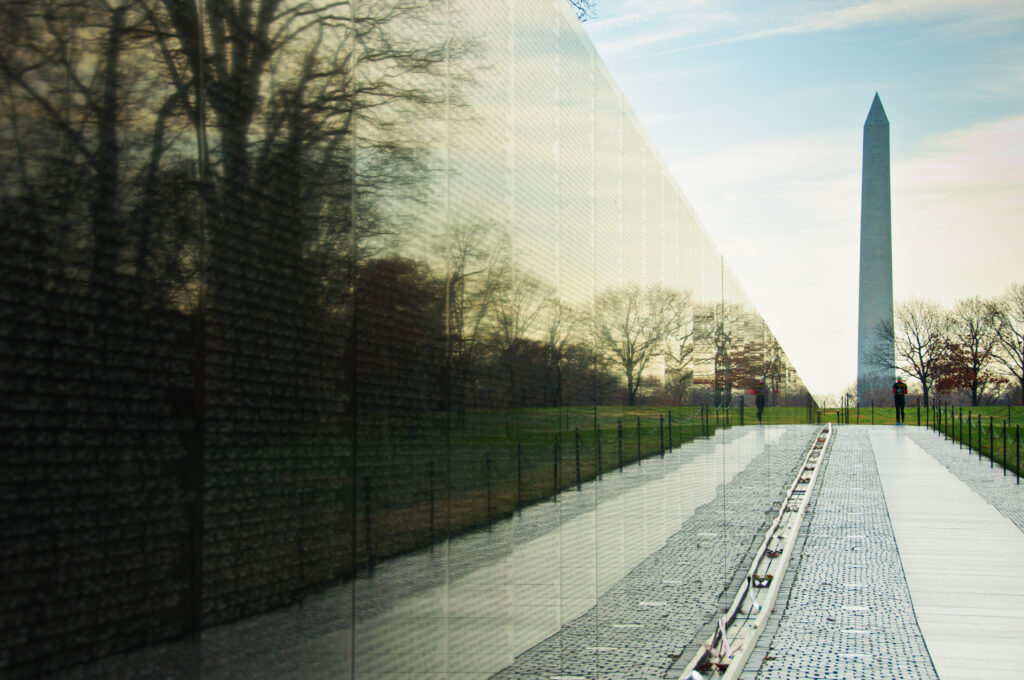
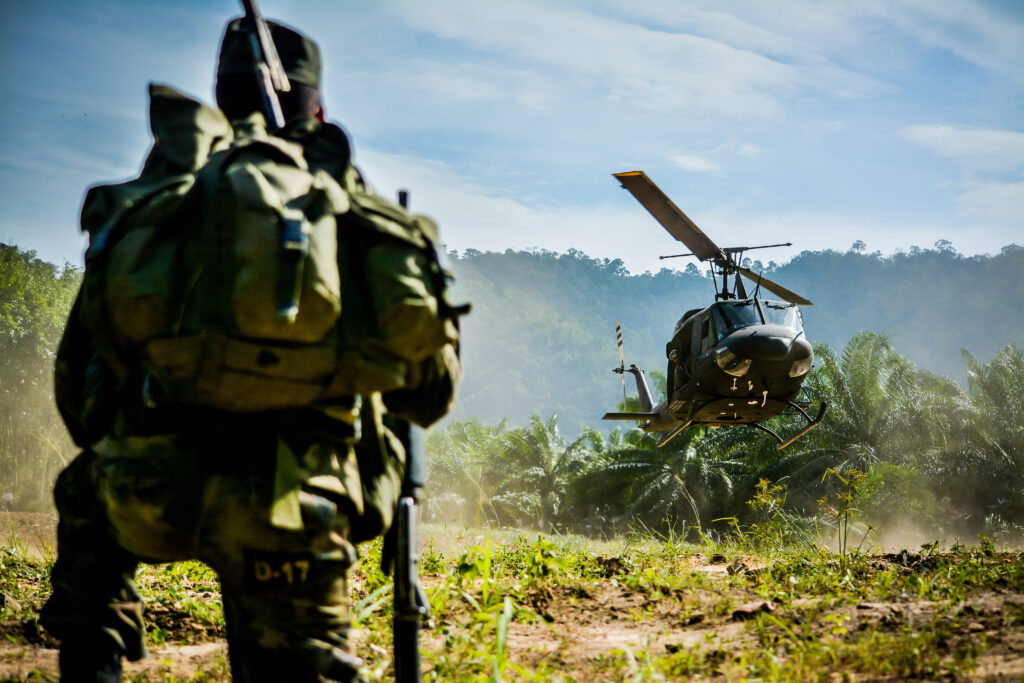
During his time in Vietnam, Teague was again promoted quickly to a battlefield commission position to account for a rapid number of casualties and an immediate need for platoon leadership. He spent more than one year in the bush and saw things that no human should ever have to endure, but unlike many others, Teague fortunately made it out alive.
“After serving in Vietnam and Cambodia in the First Calvary Division Long-Range Patrol in 1969 and 1970, I came back home highly decorated but pretty well beat up,” Teague said. “I am a patriot and owed my service to my country, and so that’s what I did. Less than 10% of the soldiers who went to Vietnam were involved in combat, but I was in combat 100% of the time. In the 1970s, the United States Army offered me $25,000 to re-enlist for three years, but deep down, I knew that I had very little chance of surviving another deployment. I went from carrying a 105-pound rucksack on my back while leading a combat infantry platoon to being a civilian in three days. A lot of things happened over there that changed me.”
Since his days in the Army, Teague has had several boats that have names that relate to his experience in Vietnam. He considers it a part of him that has carried on, even long after the war. Both his experience and the fact that he survived the war is, in large part, why Teague has the immense drive that he has now.

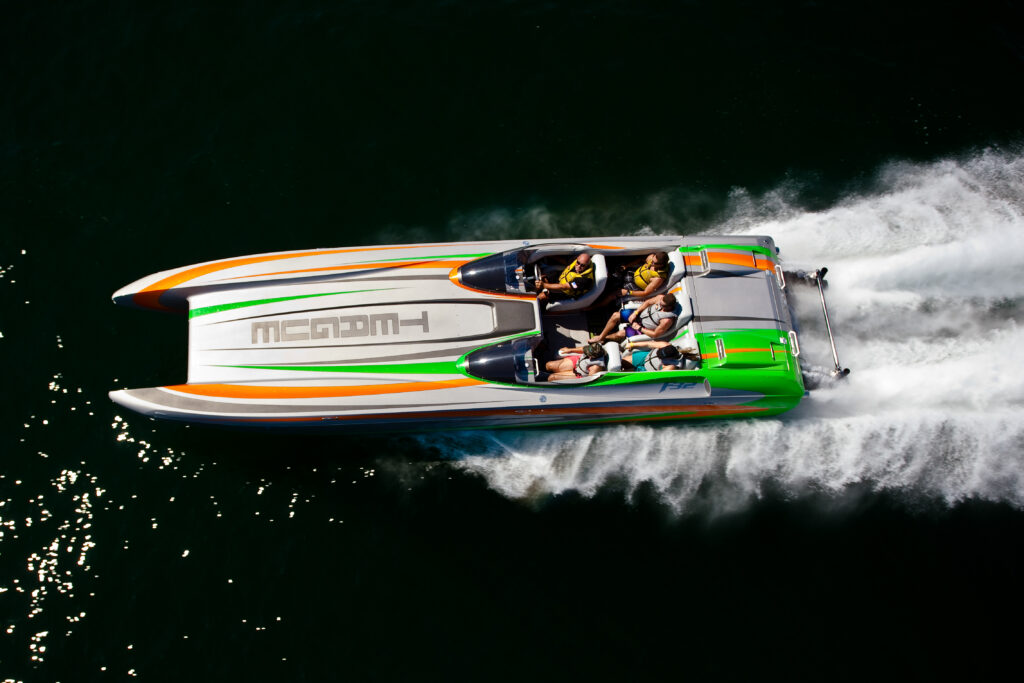
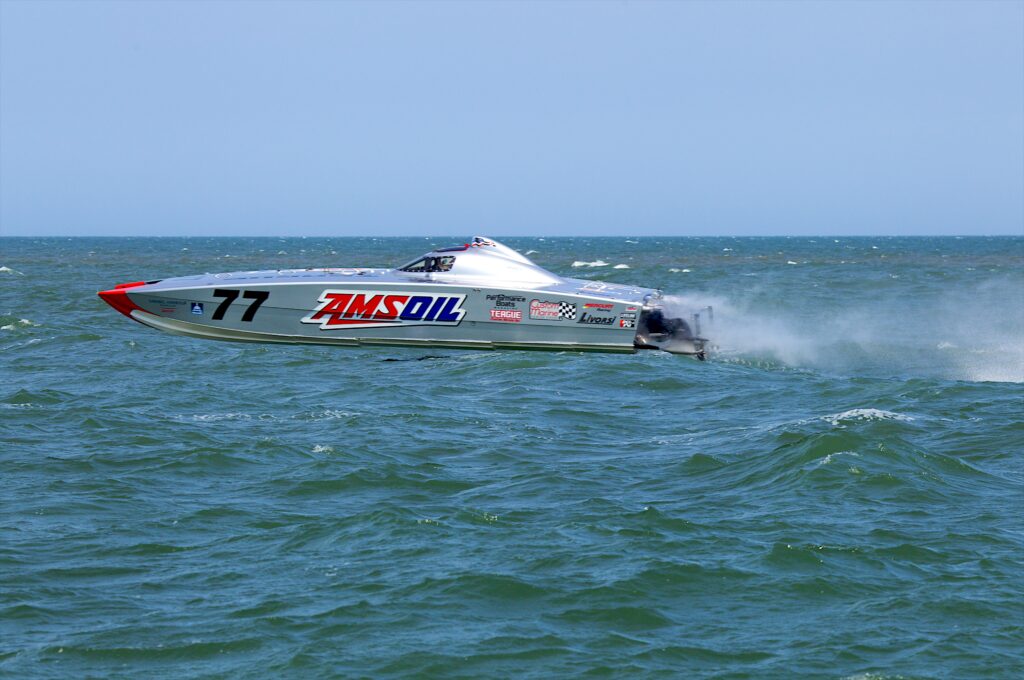
“You have to remember that the Vietnam War was super unpopular, and you didn’t come back as a war hero–you didn’t really talk about it at all,” Teague continued. “It was like leaving a highly intense movie where you’d lost your breath, and then you go home, and you have to remember that it was just a movie. You put it in a box. Once I got out of the Army, I wanted to put my life back together. I basically started working on other peoples’ boats myself, which was the beginning of my company, Teague Custom Marine, which was founded in 1972 in Burbank, California.”
Specializing in custom engines, engine rebuilds, engine upgrade packages, custom rigging, outdrive repair, fabrication, and quality service and management, Bob’s one-man business has grown to a team of 19, and it is still thriving to this day.
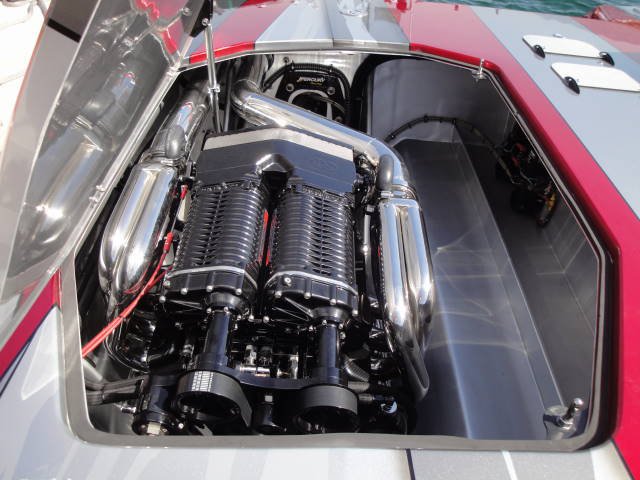
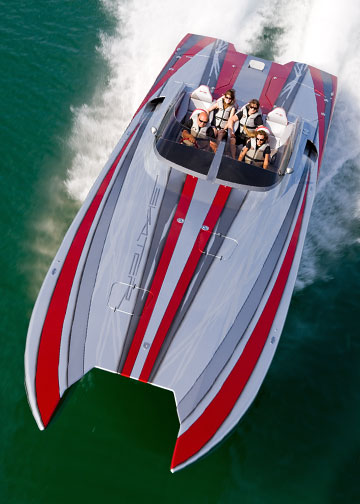
Almost simultaneously with starting his own business in the early ‘70s, Teague developed a close relationship with the late Bob “Iron Man” Nordskog, then-Owner and Founder of Powerboat Magazine, promoter of recreational performance boating, and an international powerboat racer. He oversaw the Pacific Offshore Powerboat Racing Association along the West Coast at that time, as well.
Alongside Nordskog, Teague began racing in offshore events and has participated in nearly every offshore class over the past five decades. Although he almost always races as a throttleman, Teague filled the position of navigator in the 1970s and ‘80s with Nordskog in offshore races that covered as many as 250 miles at sea. Over the course of two decades, both Nordskog and Teague made record runs across the world, racing both inboard endurance tunnels and offshore powerboating events. At the same time, Teague was also participating in Grand National Marathon endurance races.
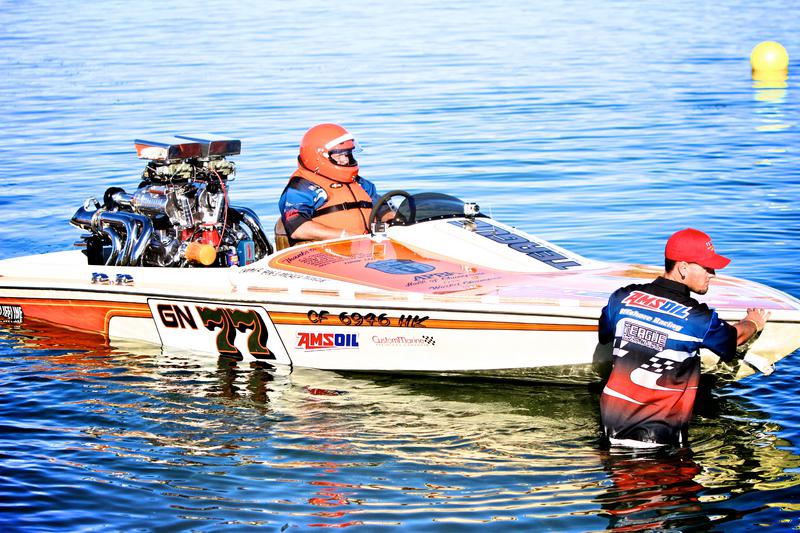
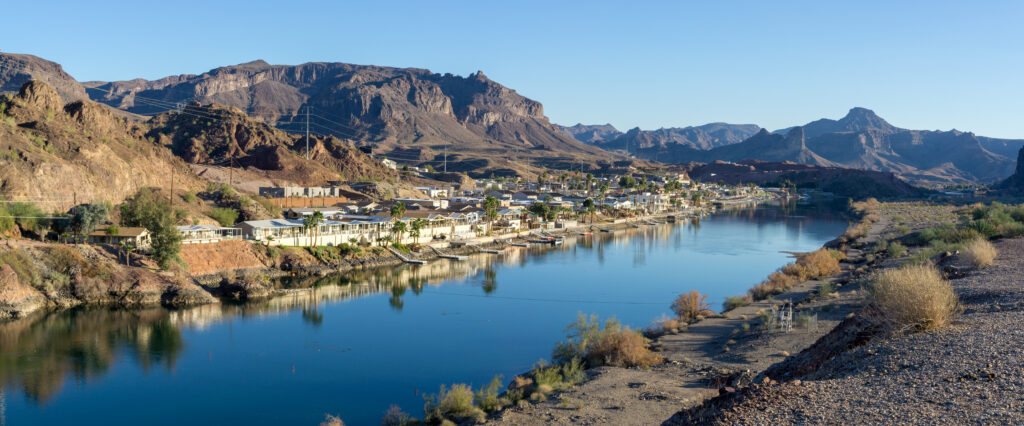
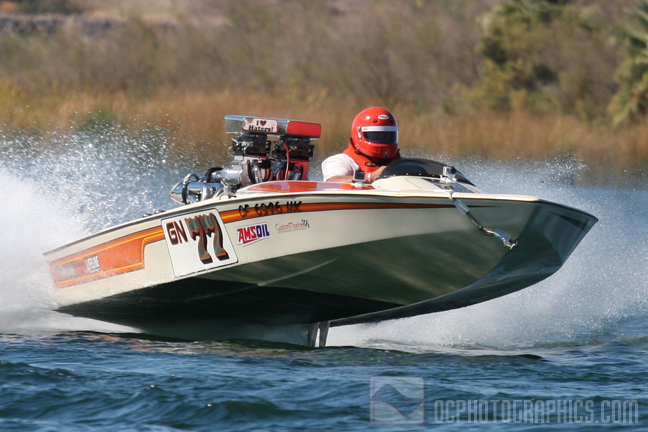
In 1973, in addition to his other obligations, Teague was privileged to join and serve on the Los Angeles City Fire Department. Over the course of 23 years, he went up through the ranks to becoming a Fire Captain II for the last 17 years of his dedicated service until his retirement in 1996. While fueling his passion for boats, Teague dedicated his time to continuing his education and graduated from two universities and two colleges, earning an array of degrees between 1966 and 1981.
In 1992 and at the age of 79, Nordskog passed away and Teague stepped in as President of the Pacific Offshore Racing Association. Nordskog was a father figure to Teague in many ways, and he recalls the time that they shared together fondly, even as 30 years have come to pass. As President, Teague was involved with conducting approximately eight races per year along the Western United States. In addition to his official position, Teague was also the association’s rallying point and oftentimes, their title sponsor. He brought many individuals together to create a large volunteer base to help run the Pacific Offshore events and organization, which was 100% volunteer-based and continued long after Nordskog’s death.
“Back in those days, offshore races would take Bob Nordskog and I to places that were as far away as 50 miles offshore, and then they would continue on to various checkpoints,” Teague said with an air of nostalgia. “They didn’t have helicopters or safety boats back then, either. We had life rafts, rations, and ‘shark repellant.’ If you broke down, you simply missed the after party.”
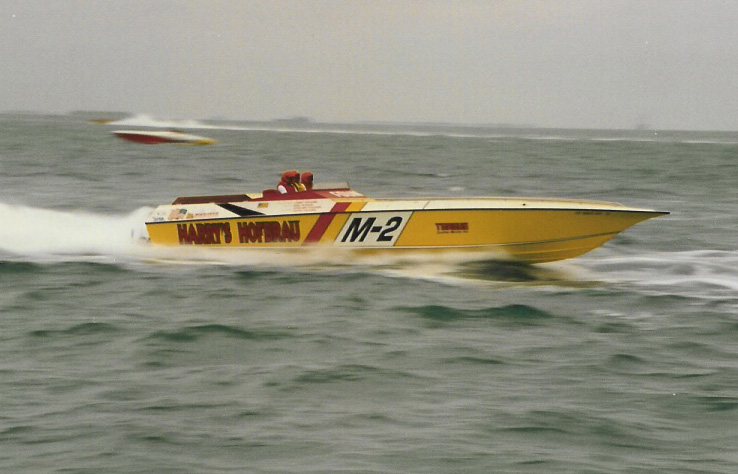

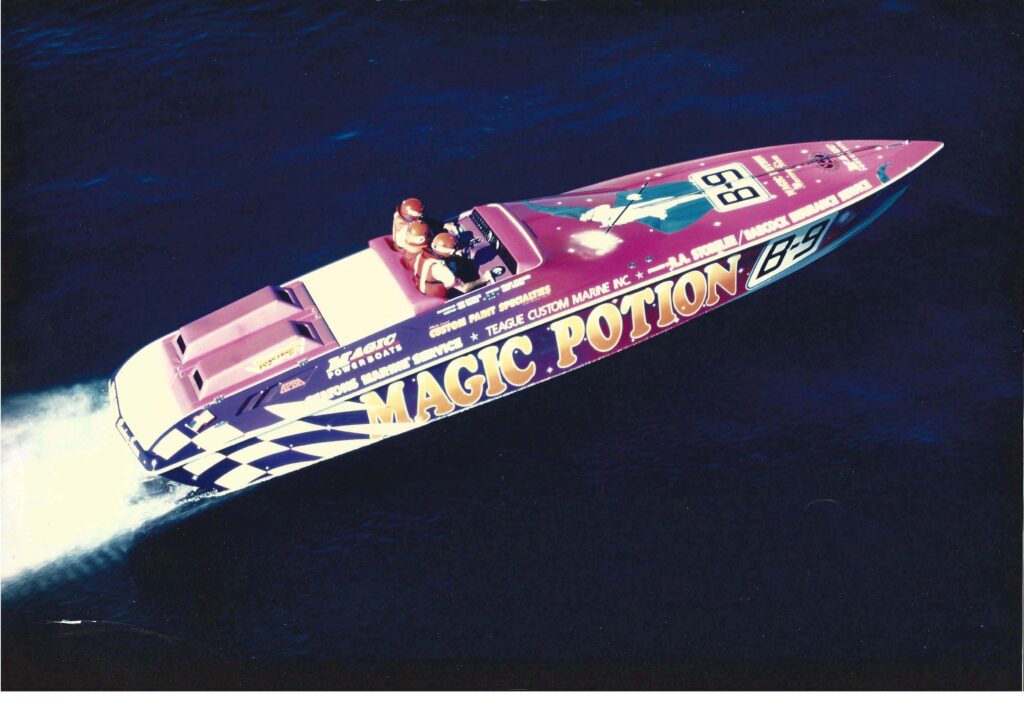
Over the past 50 years, Teague estimates that he has raced in more than a thousand powerboating events and has held almost every official position from president, vice president, commissioner, referee, safety chairman, and board member, and he has been involved as a technical chairman in writing rules for offshore and inboard endurance throughout the years.
In addition to all of his other life pursuits, Teague uses his precise and methodical nature to work as a technical editor and lead test driver for Speedboat Magazine, and he was previously the lead test driver and technical editor, along with other various positions, with Powerboat Magazine for a combined 40 years. Along with his business’ professional services, Teague also uses his expertise to share industry advice in his running blogs, Teague on Tech. He has aided as an expert witness for marine-related incidents and accidents and works to safeguard the marine industry. This August, you will again find Teague volunteering his time with the Shootout’s live broadcasting.
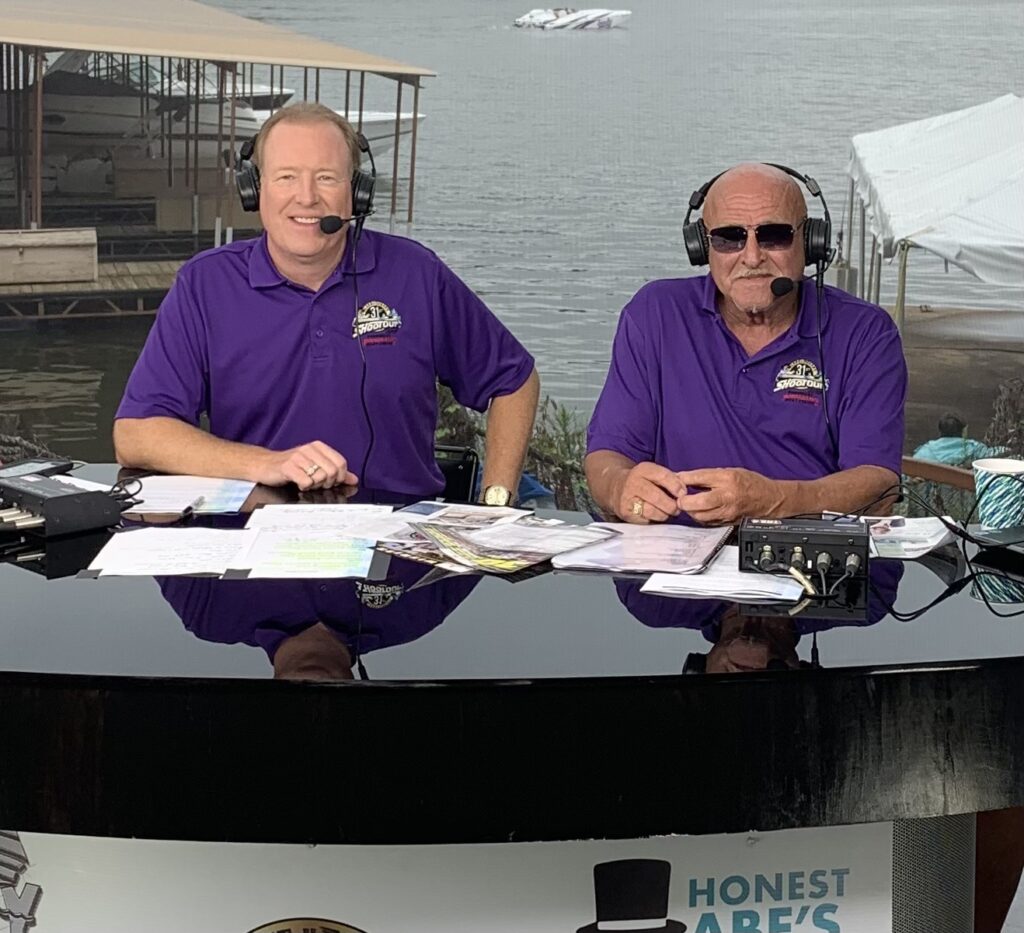
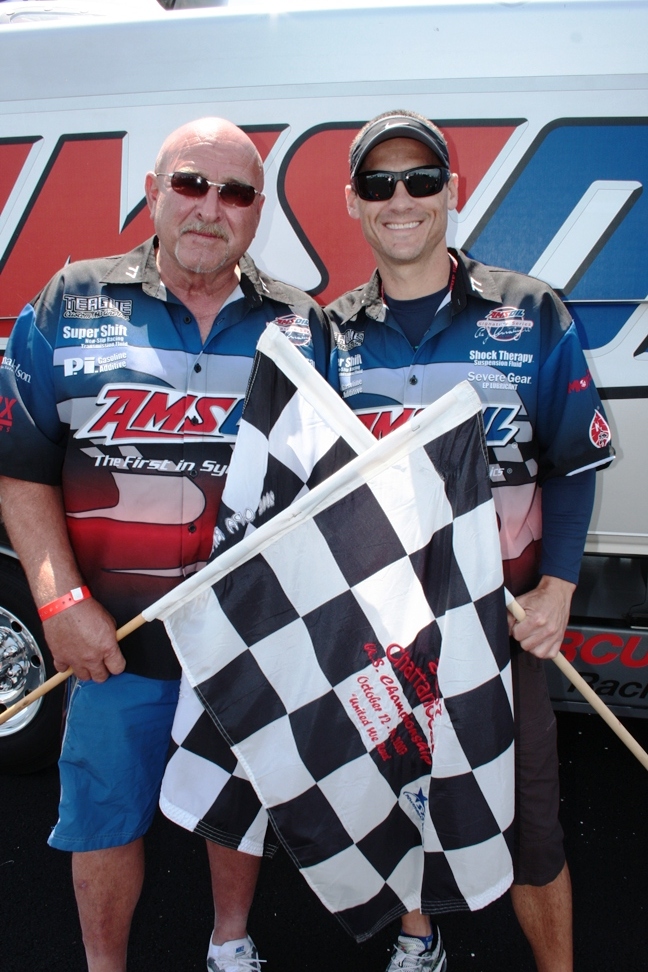
Teague currently resides in Valencia, Calif., with his wife of 48 years, Andrea. They also have a waterfront home in Discovery Bay on the California Delta where they do most of their recreational boating. Together, they have two grown children, a daughter, Cherilyn, and son, John. Operating as a family business, his wife, daughter, and son-in-law, Josh, all work at Teague Custom Marine.
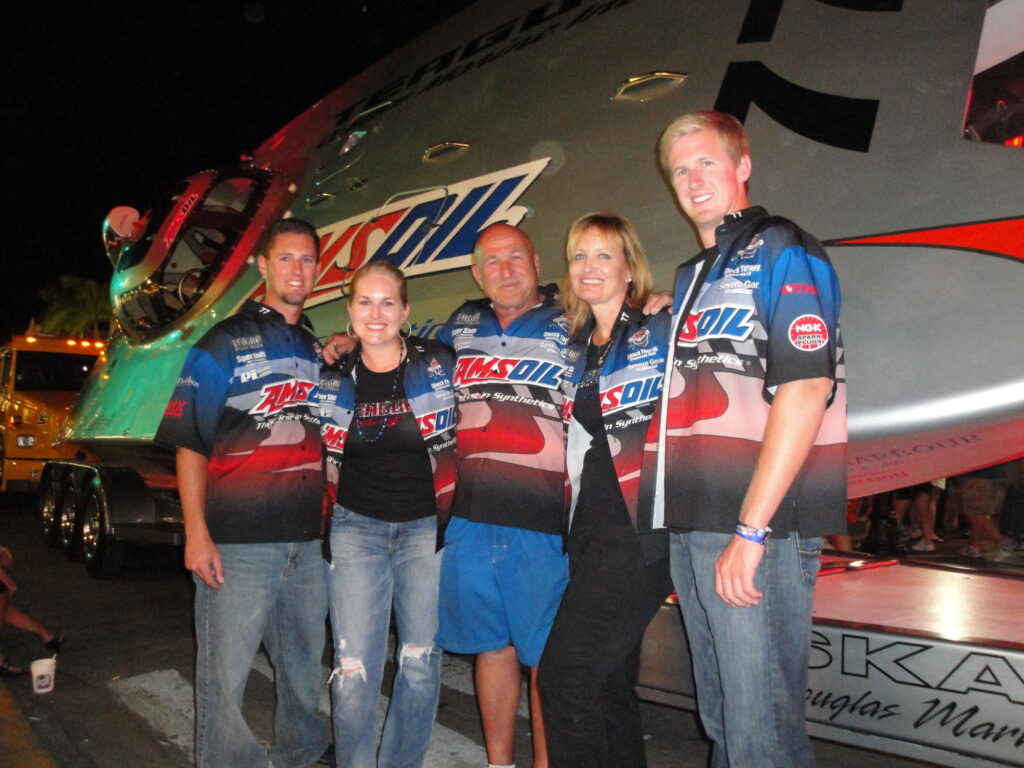
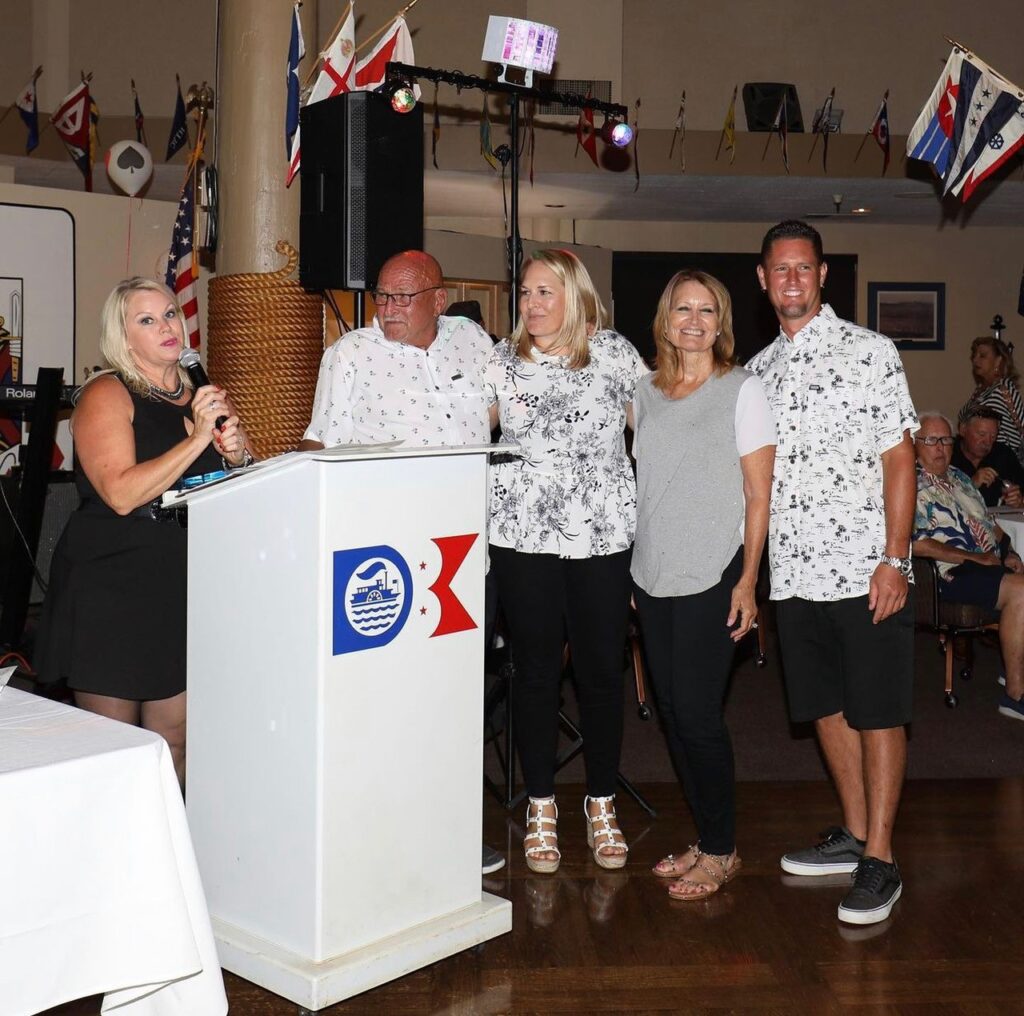
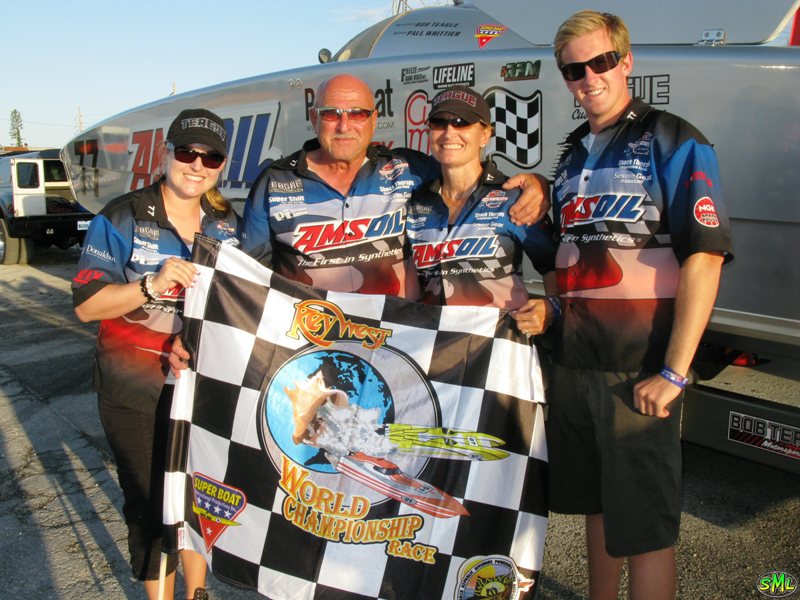
“We’re always looking to be better,” said Teague. “If you had told me 10 years ago that we could build a 1400 horsepower, 91 octane engine, I would have said that you were out of your mind. It’s a matter of the quality of the components that we can get, the processes that we have developed, and making necessary tweaks along the way. If you’re a boater and you’re in the boating business, then you’re going to build better products.”
Never done and never satisfied, Teague strives to give endlessly and has been described by those who are closest to him as being a kid at heart.
“I am fortunate and honored to be able to contribute to the boating community and the Shootout, and to help validate it with my expertise and passion for boats,” Teague said, in closing. “That’s the reason that I want to do it–the Shootout is a long week for me, but I love it. I will never shy away from work. Volunteering at the Shootout is one of the many charities that we are involved with. That’s what we do.”
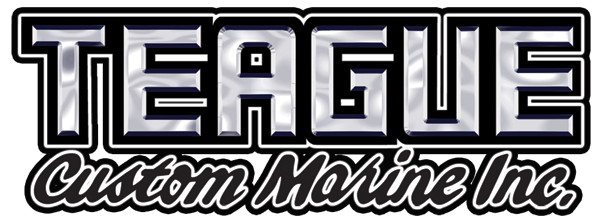
For an interactive video of Bob, please check out the In the Lead Video Series Flashback: Bob Teague of Custom Marine, written by Matt Trulio and Jason Johnson with SpeedontheWater.com!
